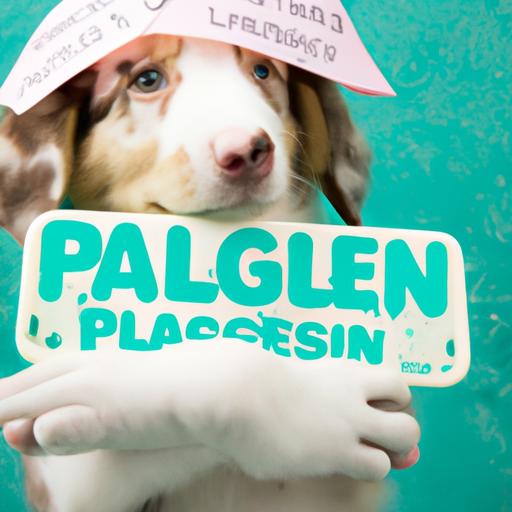
When it comes to safeguarding our furry friends, pet insurance plays a vital role in providing financial support for unexpected medical expenses. However, one key factor that pet owners often overlook is the waiting period associated with these policies. But what exactly is a pet insurance waiting period?
In essence, a waiting period in pet insurance refers to the specified timeframe during which coverage for certain conditions or treatments is not yet active. It is crucial to grasp the concept of waiting periods in pet insurance policies to ensure you are fully informed about when your coverage will begin and what expenses may not be covered during this initial period. Understanding waiting periods can ultimately help you make informed decisions and effectively manage your pet’s healthcare needs.
Understanding the Waiting Period in Your Pet Insurance Policy
Determining the Length of the Waiting Period
When considering a pet insurance policy, one of the key aspects to be aware of is the waiting period. The length of this waiting period can vary among insurance providers and policies. It is essential to carefully review the terms and conditions of your pet insurance policy to understand the specific waiting period that applies to your coverage. Typically, waiting periods can range from a few days to several weeks, depending on the insurance company and the type of coverage selected.
Factors Affecting the Waiting Period
Several factors can influence the waiting period in your pet insurance policy. These factors may include the type of coverage chosen, the age and health condition of your pet, and any pre-existing conditions. Insurance companies may impose longer waiting periods for certain medical conditions or procedures to mitigate risks and maintain the financial stability of the policy. By understanding these factors, you can effectively navigate the waiting period and ensure timely access to coverage for your pet’s healthcare needs.
Tips for Managing the Waiting Period
How to Prepare for the Waiting Period
Before the waiting period begins, it is essential to plan ahead to ensure your pet’s health needs are met. One proactive step you can take is to schedule a comprehensive vet check-up to address any potential health issues before the waiting period starts. Additionally, familiarize yourself with the details of your pet insurance policy to understand which conditions or treatments may not be covered during this time. By being well-prepared, you can navigate the waiting period with ease and confidence.
Strategies for Minimizing the Impact on Your Pet’s Health
While waiting for your pet insurance coverage to kick in, it is crucial to prioritize preventive care and maintain your pet’s overall well-being. Regular exercise, a balanced diet, and proper grooming are key aspects of keeping your pet healthy during this waiting period. Moreover, consider setting aside a pet emergency fund to cover any unexpected medical expenses that may arise before your insurance coverage becomes active. By implementing these strategies, you can ensure that your pet receives the necessary care and attention even during the waiting period.
Conclusion
Understanding the nuances of pet insurance waiting periods is crucial for every pet owner looking to provide comprehensive healthcare for their furry companions. By delving into the details of waiting periods, you equip yourself with the knowledge needed to navigate the complexities of pet insurance policies effectively. From grasping the rationale behind waiting periods to managing the waiting period strategically, you can ensure that your pet receives the best possible care when it matters most.
Remember, the waiting period in your pet insurance policy is not a hurdle but a necessary step to safeguarding your pet’s well-being. By staying informed and proactive, you can make informed decisions that benefit both your pet’s health and your peace of mind. So, as you explore pet insurance options, don’t forget to consider the waiting period and its implications on your furry friend’s healthcare journey.


